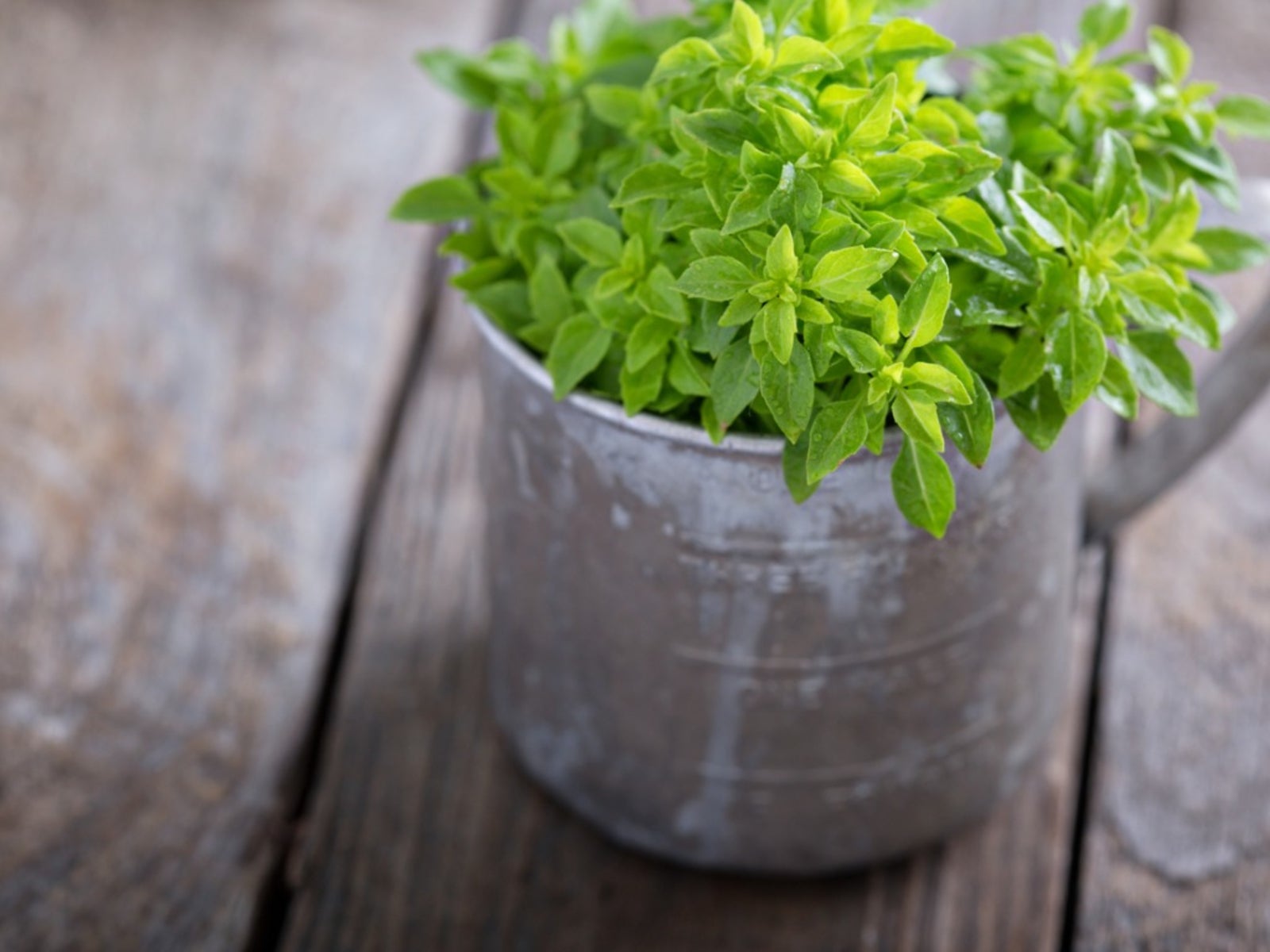Spicy Globe Basil Plants: How To Grow Spicy Globe Bush Basil


Spicy Globe basil plants are short and compact, reaching only 6 to 12 inches (15-30 cm.) in most gardens. Their attractive round shape makes a great addition to the sunny flower bed or herb garden. The flavor of the basil ‘Spicy Globe’ herb is different from most basils, adding a spicy kick to pasta dishes and pestos. It is easy to grow and regular harvesting encourages more growth.
Information about Basil ‘Spicy Globe’ Herbs
Just what is Spicy Globe basil, you may ask. Ocimum basilicum ‘Spicy Globe’ is a member of the basil family that is usually grown as an annual herb. If you keep an indoor herb garden during winter, you may include this basil, as it is actually a perennial plant. The taste is more spicy than other basil varieties and is at its best when used fresh.
Growing Spicy Globe Basil
If you wish to grow this herb outside, plant seeds when temperatures are consistently in the high 40’s to low 50’s (4-10 C.). Plant in soil lightly amended with compost and cover no more than 1/8 inch (3 mm.). Water lightly so as not to dislodge seeds from their planting spot. Keep the soil moist until you see germination, and thin when seedlings are about ¼ inch (6 mm.).
Spicy Globe bush basil grows quickly when conditions are right, planted in full sun and getting adequate water. Morning sun is most appropriate for this basil plant and afternoon shade is most appropriate during hot summer days.
A half-strength feeding is appropriate when plants are established, but some say fertilizer affects the basil taste. With this type of basil, you will likely want the full taste experience, so limit feeding to those plants that appear to need a little boost.
Growing Spicy Globe basil is one of the more easy and fun herbs to grow. Keep the interesting round shape with regular harvesting of the small dense leaves. Basil varieties love the heat, so expect an abundant summer harvest.
Use it in vinegars, salads, and Italian dishes. You may even use a few leaves in desserts. If you have extras from the harvest, dry it or put it in a sealed bag in the freezer.
Gardening tips, videos, info and more delivered right to your inbox!
Sign up for the Gardening Know How newsletter today and receive a free copy of our e-book "How to Grow Delicious Tomatoes".

Becca Badgett was a regular contributor to Gardening Know How for ten years. Co-author of the book How to Grow an EMERGENCY Garden, Becca specializes in succulent and cactus gardening.
-
 Moody Blooms For Spring: 8 Types Of Black Flowers To Add Drama To Spring Displays
Moody Blooms For Spring: 8 Types Of Black Flowers To Add Drama To Spring DisplaysFrom midnight burgundies to inky violets, several types of black flowers can enrich and embolden a spring display. Try these brooding bloomers for a moody garden
By Tonya Barnett
-
 Can Snake Plants Live Outside? Everything You Need To Know For Snake Plants Al Fresco
Can Snake Plants Live Outside? Everything You Need To Know For Snake Plants Al FrescoSnake plants can live outside given the right conditions, but be careful that they don't take over! Learn the best way to use snake plants in your landscape.
By Mary Ellen Ellis